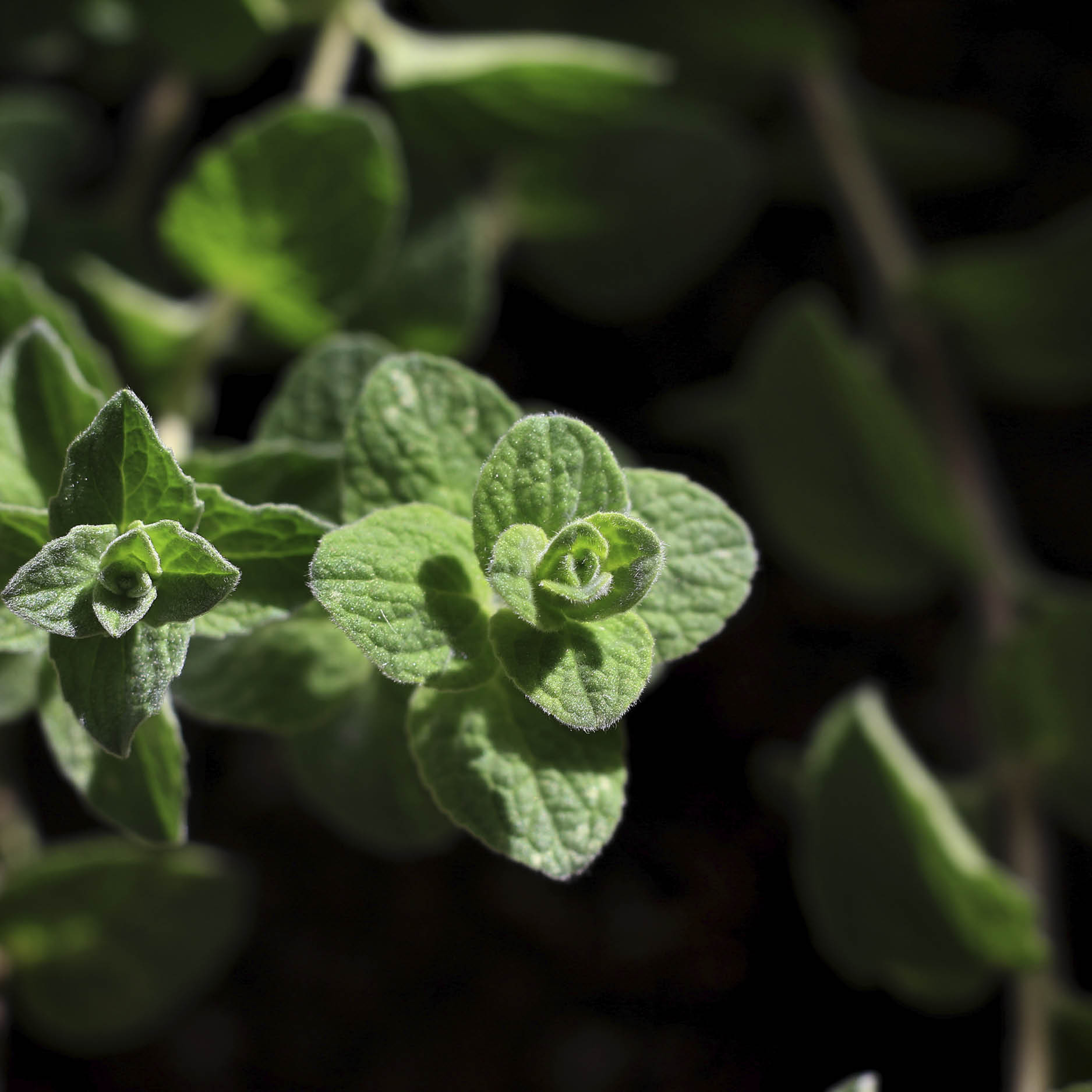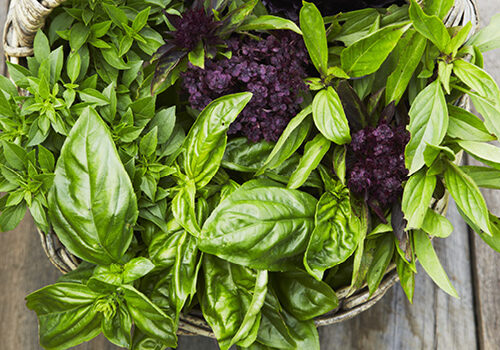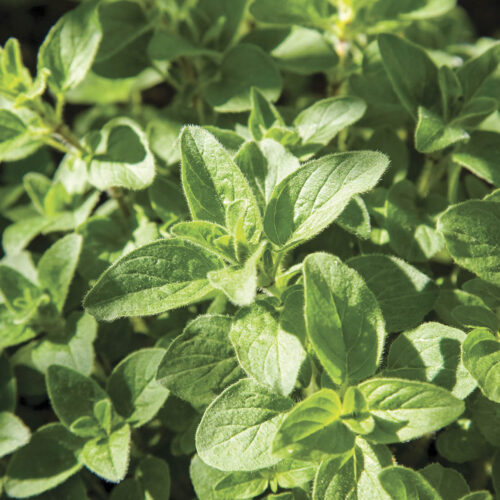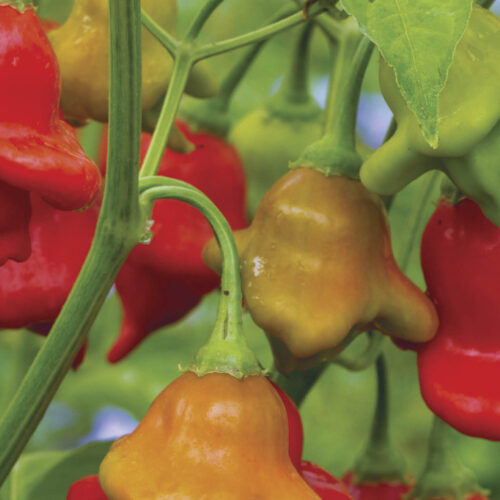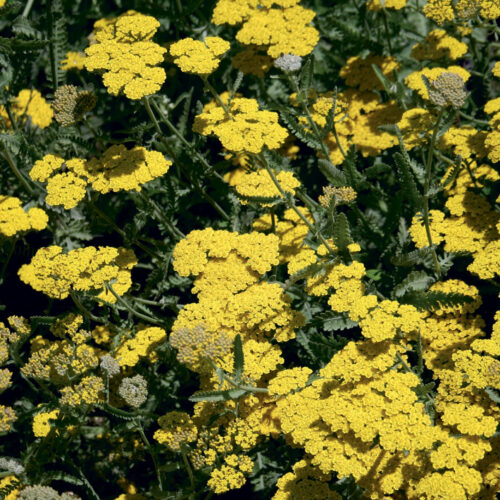Za’atar: herb or spice mix?
2024-06-01T04:47:00+10:00
Is za'atar an a herb, a spice mix or both? Read on to find out.
I have a fair few favourite when it comes to unusual culinary herbs, one of which is za’atar. Za’atar (additonally written as zaatar or zahtar) is the perennial herb Origanum syriacum. It is a typical oregano with small woolly, grey-green leaves. It grows well in an open sunny position and needs well-drained sandy loam soils. New plants can be grown from seed sown in spring, by taking cuttings or dividing clumps, also both in spring.
The source of the confusion around the name za’atar is twofold. Several closely related herbs are also called za’atar in different cultures, as shown by its other common names: Syrian oregano, Syrian thyme, Bible hyssop, Lebanese oregano, and Palestinian za’atar.
The second source of confusion arises because several spice mixes are also called za’atar. Some of these spice mixes use Origanum syriacum as an ingredient, but others, depending on their region of origin can use thyme (especially Thymus capitata), marjoram, calamint, savory and/or hyssop.
The herb za’atar, with its strongly fragrant leaves, is a staple in Levantine cuisine and throughout the Mediterranean region of the Middle East. Primarily used in salads, as well as in dishes like baba ganoush, falafel, dolma, quzi, and other meat dishes and sauces, additionally enjoyed as a herbal tea.
The spice mix za’atar is made up of one or more of several different herbs depending on where the mix originated. They may include dried leaves of any oregano (although the wild growing O. syriacum and O. vulgare are the most likely), marjoram, thyme, calamint, savory and hyssop. Ian Hemphill, in his excellent book Spice Notes, says ‘Like many spice blends, za’atar will vary considerably from region to region, with different areas having preferred proportions or even adding additional ingredients such as the leaves of sumac.’ One Palestinian spice mix includes caraway seeds. Ian suggests using finely chopped fresh leaves from any of these herbs for a deliciously different result, but be sure to use the mix within a few days.
Traditionally, Za’atar spice mixes combine the dried herb with toasted sesame seeds and salt, with sumac often added as well.. Proportions of dried herb to sesame seed to salt are about 8:2:1. So you could use 8 teaspoons of dried (but not powdered) herb to 2 of toasted sesame seed to 1 of salt. Mix it together with a spoon and sprinkle over potatoes (mashed, chips, roasted) towards the end of cooking or just before serving; or over grilled chicken pieces. Alternatively, rub the mixture into butter, spread it on slices of breadstick, wrap them in foil, and bake.
Traditionally, spread za’atar over pita bread dipped in oil, then bake it. You can also spread it over bread dough just before baking. Alternatively, use za’atar like dukkah by dipping bread in oil and then into the za’atar spice mix.
There’s lots more organic growing ideas in each issue – subscribe here

